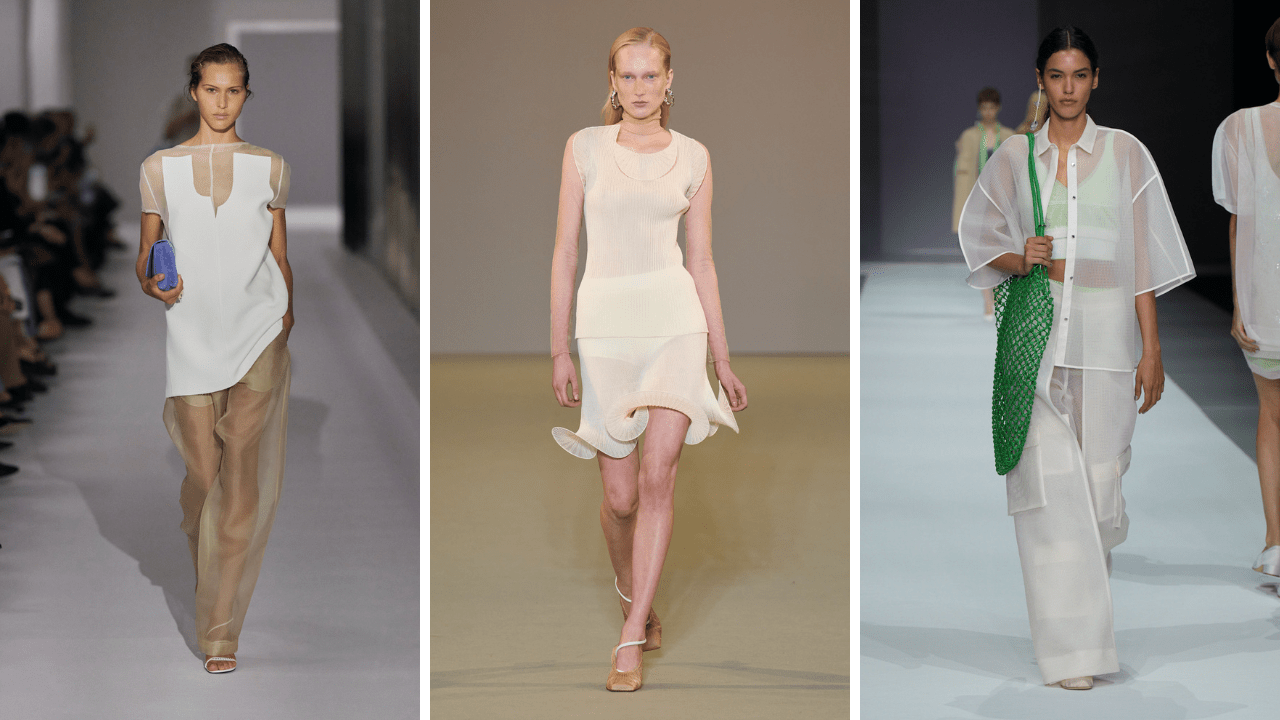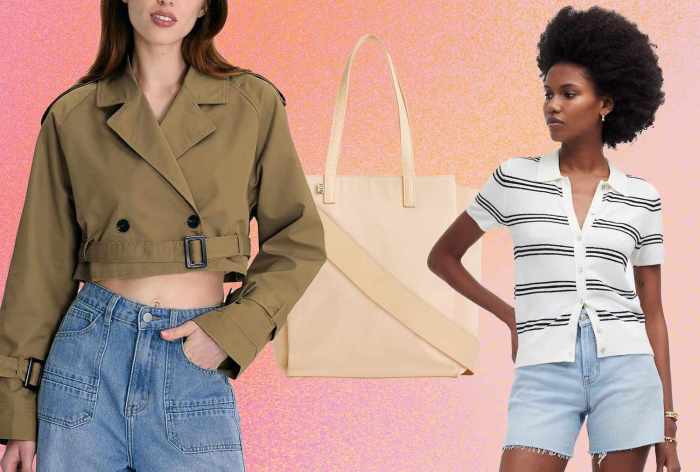Staying warm and stylish during colder months doesn’t require sacrificing one for the other. Mastering the art of layering allows you to adapt to fluctuating temperatures while maintaining a chic and sophisticated look. This comprehensive guide explores the best clothing options for effective and fashionable layering in 2025, considering both functionality and current trends.
Understanding the Principles of Layering
Effective layering is about creating a system of clothing that works together to regulate your body temperature. It’s not just about throwing on multiple garments; it’s about choosing the right fabrics and weights to create a breathable, insulating, and stylish ensemble. The key is to build your outfit in layers, each serving a specific purpose:
The Base Layer: Wicking and Comfort
The base layer is your foundation, closest to your skin. Its primary function is to wick away moisture, keeping you dry and preventing chills. Avoid cotton, which retains moisture. Instead, opt for:
- Merino wool: Naturally odor-resistant, breathable, and excellent at regulating temperature. Perfect for active individuals or those prone to sweating.
- Synthetic fabrics (polyester, polypropylene): Affordable, durable, and highly effective at wicking moisture. Look for moisture-wicking technology like Dri-FIT or ClimaCool.
- Silk: A luxurious option, silk is lightweight, breathable, and naturally warm. Ideal for milder climates or as a layering piece under other garments.
The Mid Layer: Insulation and Warmth
The mid layer is your insulation layer, trapping warm air close to your body. This layer should be lightweight yet effective at providing warmth. Consider these options:

Source: stylecaster.com
- Fleece jackets: Affordable, lightweight, and readily available in various styles. Fleece provides excellent warmth-to-weight ratio.
- Down jackets or vests: Exceptional insulation, particularly in extremely cold conditions. Choose down fill power ratings appropriate for your climate.
- Wool sweaters: Classic and stylish, wool sweaters offer natural warmth and breathability. Look for merino wool or cashmere for superior softness and insulation.
- Insulated vests: These offer warmth without restricting arm movement, ideal for layering under a coat or jacket.
The Outer Layer: Protection from the Elements
The outer layer is your shield against wind, rain, and snow. This layer should be waterproof or water-resistant, depending on your needs. Options include:
- Waterproof jackets: Essential for rainy or snowy conditions. Look for jackets with taped seams and a high water column rating.
- Windproof jackets: These block wind chill, keeping you warm even on milder days. Many windproof jackets are also water-resistant.
- Parkas: Heavy-duty coats designed for extreme cold, often featuring fur-lined hoods and ample insulation.
- Trench coats: Stylish and versatile, trench coats offer protection from light rain and wind.
Layering for Different Occasions
The best layering strategy depends on the occasion and the weather conditions. Here are some examples:
Everyday Casual Layering
A simple yet effective everyday outfit might include a merino wool base layer, a fleece jacket, and a stylish denim jacket or a lightweight parka as an outer layer. This combination offers warmth, comfort, and a casual look.

Source: dressesmax.com
Formal Layering for Work or Events
For more formal occasions, start with a thin thermal base layer, add a tailored button-down shirt or a cashmere sweater, and top it off with a blazer or a wool overcoat. This approach allows you to maintain a professional appearance while staying warm.
Active Layering for Outdoor Activities
For outdoor activities like hiking or skiing, prioritize moisture-wicking base layers, followed by insulated mid-layers (fleece or down) and a waterproof and windproof outer shell. Consider adding accessories like thermal gloves, hats, and scarves.
Accessorizing for Enhanced Warmth and Style
Accessories play a crucial role in layering. They add warmth, personality, and style to your outfit. Consider:
- Scarves: Provide warmth for your neck and face.
- Hats: Keep your head warm, which accounts for a significant amount of heat loss.
- Gloves or mittens: Protect your hands from the cold.
- Socks: Choose warm, moisture-wicking socks to keep your feet dry and comfortable.
Choosing the Right Fabrics for Layering
Fabric selection is critical for effective layering. Understanding the properties of different fabrics helps you create a comfortable and functional system:

Source: realsimple.com
- Merino wool: Excellent for base layers, offering warmth, breathability, and odor resistance.
- Cashmere: Luxurious and warm, ideal for mid-layers or outer layers in milder climates.
- Fleece: Versatile and affordable, suitable for mid-layers.
- Down: Exceptional insulation for extreme cold.
- Gore-Tex: Highly waterproof and breathable, ideal for outer layers in wet conditions.
Sustainable and Ethical Layering
Consider the environmental and ethical impact of your clothing choices. Look for brands that prioritize sustainable materials, fair labor practices, and responsible manufacturing. Investing in high-quality, durable garments reduces the need for frequent replacements.
Frequently Asked Questions (FAQ)
- Q: How many layers should I wear? A: The number of layers depends on the temperature and activity level. Start with a base layer and add more layers as needed.
- Q: Can I layer different fabrics together? A: Yes, layering different fabrics is common and often beneficial. Combining moisture-wicking base layers with insulating mid-layers and a protective outer layer is a highly effective strategy.
- Q: What is the best fabric for a base layer? A: Merino wool and synthetic fabrics (polyester, polypropylene) are excellent choices for base layers due to their moisture-wicking properties.
- Q: How do I choose the right size for layering? A: Choose layers that fit comfortably without being too tight or too loose. Avoid overly bulky layers that restrict movement.
- Q: How can I stay stylish while layering? A: Choose garments in complementary colors and textures. Consider the overall silhouette and ensure your layers create a balanced and visually appealing look.
Resources
Call to Action
Mastering the art of layering is key to staying warm and stylish throughout the year. Start experimenting with different fabrics and combinations to find what works best for you. Embrace the versatility of layering and create outfits that are both functional and fashionable!
Top FAQs
What fabrics are best for base layers?
Merino wool and synthetic materials like polyester are excellent choices for base layers due to their moisture-wicking properties.
How many layers should I wear?
The ideal number of layers depends on the weather conditions. Generally, three layers (base, mid, outer) are sufficient for most situations.
What’s the best way to layer for extreme cold?
For extreme cold, prioritize insulating layers like down or fleece, and ensure your outer layer is windproof and waterproof.
Can I layer different colors and patterns?
Absolutely! Layering allows for creative expression. Experiment with different colors and patterns to create unique and stylish looks.
Where can I find these clothing items?
Many retailers both online and in-store offer a wide selection of clothing suitable for layering. Consider checking out brands known for quality and performance fabrics.
